2004 MN4: The Asteroid That Almost Hit Earth

Introduction
In 2004, the asteroid 2004 MN4 made headlines as it was predicted to hit Earth on April 13, 2029. With a diameter of approximately 320 meters and a velocity of 42,000 mph, it had the potential to cause significant destruction. Fortunately, further observations and calculations ruled out a collision, but the event sparked widespread interest in the study of asteroids and their potential impact on our planet.
The Discovery of 2004 MN4
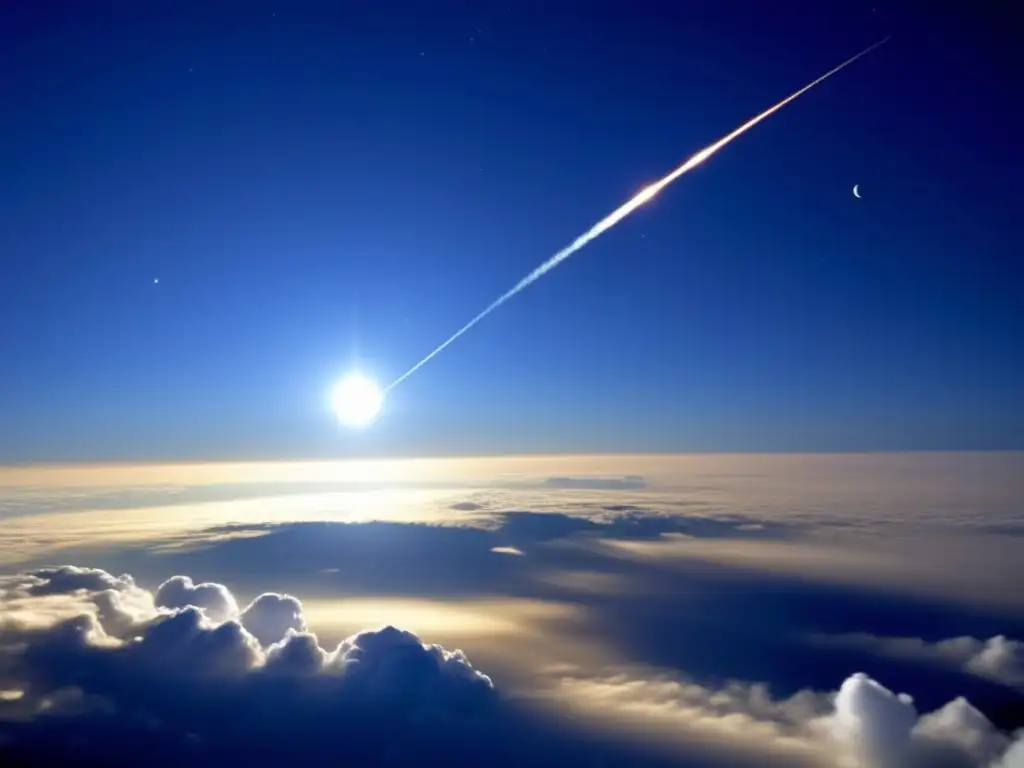
Initial Observations
Asteroid 2004 MN4 was first observed by astronomers on June 18, 2004, using the LINEAR (Lincoln Near-Earth Asteroid Research) telescope located in New Mexico, USA. It was designated as a potentially hazardous asteroid due to its size and orbit, which brought it close to Earth. Further observations revealed that it had a diameter of approximately 320 meters and an orbit that brought it within 0.005 AU (astronomical units) of Earth.
Predicted Impact
Initial calculations indicated that 2004 MN4 could impact Earth on April 13, 2029, with a probability of 2.7%. This caused concern and led to further observations to refine the asteroid's orbit and predict its future trajectory.
Refined Trajectory
After extensive observations, it was determined that 2004 MN4 would pass very close to Earth on April 13, 2029, within only 18,600 miles (30,000 kilometers). However, subsequent observations confirmed that the asteroid would not collide with Earth on this date. Instead, it will pass harmlessly by and become visible to the naked eye in some parts of the world.
Asteroid Impacts and Their Consequences
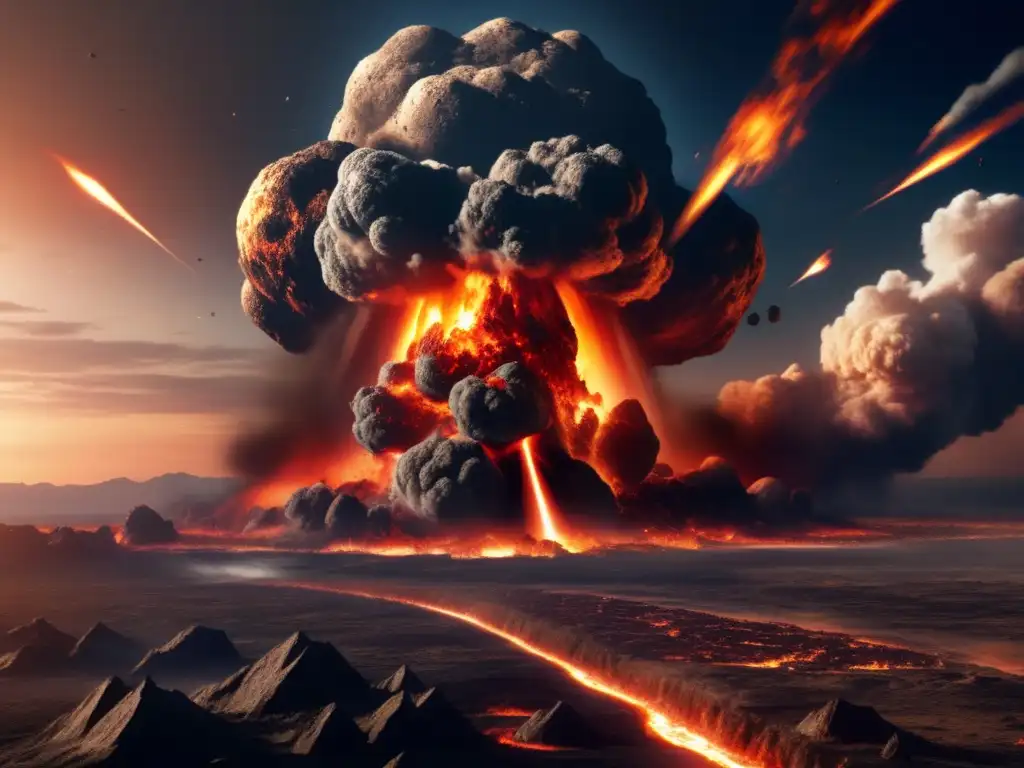
Historical Impacts
Asteroids have impacted Earth throughout history, causing significant destruction and even mass extinctions. One of the most well-known impacts occurred approximately 66 million years ago when an asteroid with a diameter of around 10 kilometers struck the Earth, leading to the extinction of the dinosaurs and many other species.
Potential Consequences
The potential impact of an asteroid can cause severe damage, depending on its size and other factors. Asteroids with a diameter larger than 1 kilometer could cause global devastation, including tsunamis, wildfires, and extreme climate change that would affect the planet for years to come. Therefore, studying asteroids and developing strategies to deflect or destroy them is crucial to protect our planet.
Mitigation Strategies
To mitigate the effects of asteroid impacts, several mitigation strategies have been proposed, including using nuclear explosives, kinetic impactors, and solar sails. The most effective method for a particular asteroid will depend on its size, composition, and trajectory.
Current Research and Exploration
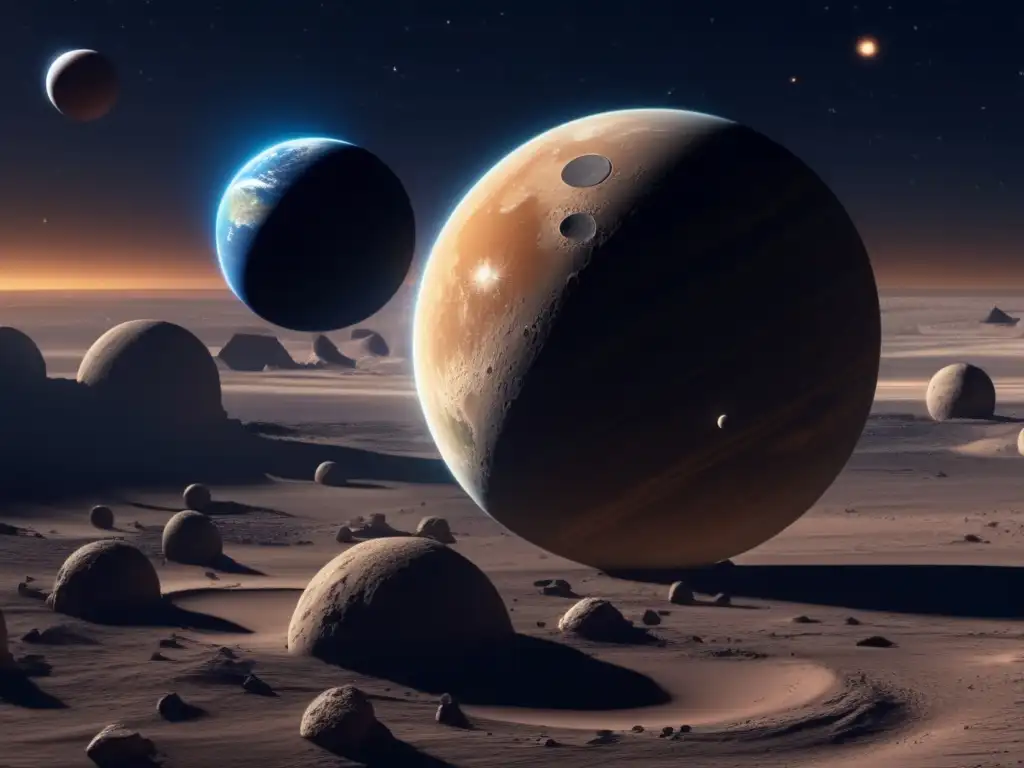
NASA's OSIRIS-REx Mission
The OSIRIS-REx mission, launched by NASA in 2016, aims to study and return samples from asteroid Bennu, which is believed to contain organic compounds and other valuable resources. It will also provide valuable insights into the formation of our solar system and the potential threat posed by asteroids.
The European Space Agency's Hera Mission
The Hera mission, planned by the European Space Agency, aims to study and test deflection methods on the asteroid Didymos. The mission will involve sending two spacecraft to the asteroid, with one impacting its surface and the other studying the resulting crater and debris.
Ground-Based Observations
Ground-based observatories and telescopes continue to play a crucial role in asteroid detection and monitoring. Numerous organizations worldwide are involved in efforts to detect and track potentially hazardous asteroids and refine their orbits to predict future impacts.
Frequently Asked Questions
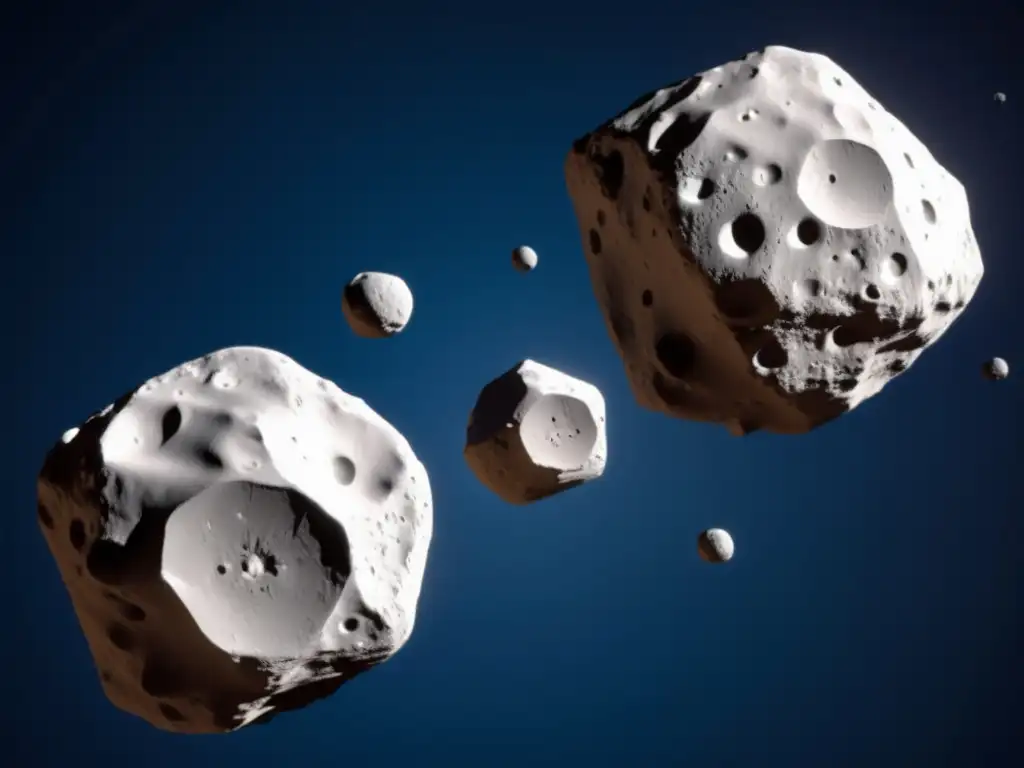
-
Could an asteroid impact Earth again?
Yes, asteroids have impacted Earth throughout history and continue to pose a potential threat. However, extensive efforts are underway to develop strategies to mitigate the impact of potentially hazardous asteroids.
-
What would happen if an asteroid hit Earth?
The consequences of an asteroid impact would depend on several factors, including the asteroid's size, composition, and location of impact. In general, larger asteroids could cause global devastation, including tsunamis, wildfires, and extreme climate change that would affect the planet for years to come.
-
How are asteroids detected and monitored?
Asteroids are detected using ground-based observatories and telescopes. Their orbits are refined through continued observations, allowing astronomers to predict future trajectories and potential impacts.
-
What is the difference between an asteroid and a meteor?
An asteroid is a small, rocky object that orbits the sun, while a meteor is a small object that enters Earth's atmosphere and produces a streak of light commonly known as a shooting star.
-
How can we protect Earth from asteroid impacts?
Several strategies have been proposed to mitigate the impact of potentially hazardous asteroids, including using nuclear explosives, kinetic impactors, and solar sails. However, the most effective approach for a particular asteroid will depend on its size, composition, and trajectory.
Conclusion
Asteroid 2004 MN4 caused significant concern when it was initially predicted to hit Earth in 2029. However, further observations and calculations ruled out a collision, and it will pass harmlessly by our planet. Nevertheless, the event highlighted the potential consequences of asteroid impacts and the importance of studying and developing mitigation strategies to protect our planet. Ongoing research and exploration, including the OSIRIS-REx and Hera missions, continue to provide valuable insights into asteroids and their properties.
At Asteroid Realm, we are committed to providing accurate and up-to-date information on asteroids and their impacts. We encourage our readers to share their thoughts and interact positively with our site, whether by subscribing or sharing our articles on social networks.
Additional Resources

For more information on asteroid research and exploration, please visit the following resources:
- NASA's Planetary Defense Coordination Office
- The European Space Agency's Hera mission
- NASA's OSIRIS-REx mission
- NASA's Center for Near-Earth Object Studies
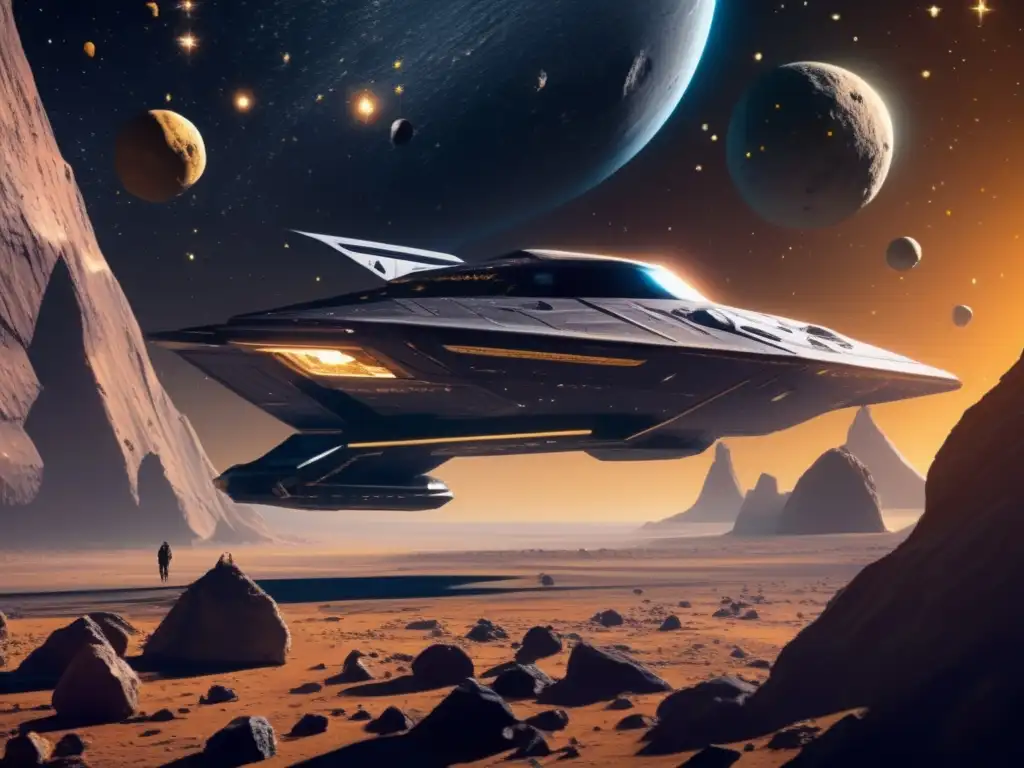 A Journey Through The Asteroid Belt: Key Discoveries
A Journey Through The Asteroid Belt: Key Discoveries Icarus: The Asteroid That Flies Close To The Sun
Icarus: The Asteroid That Flies Close To The Sun Discovery And Exploration Of 433 Eros: The Near-Earth Asteroid
Discovery And Exploration Of 433 Eros: The Near-Earth AsteroidIf you want to discover more articles similar to 2004 MN4: The Asteroid That Almost Hit Earth, you can visit the Asteroid Discoveries category.
Leave a Reply

Articulos relacionados: